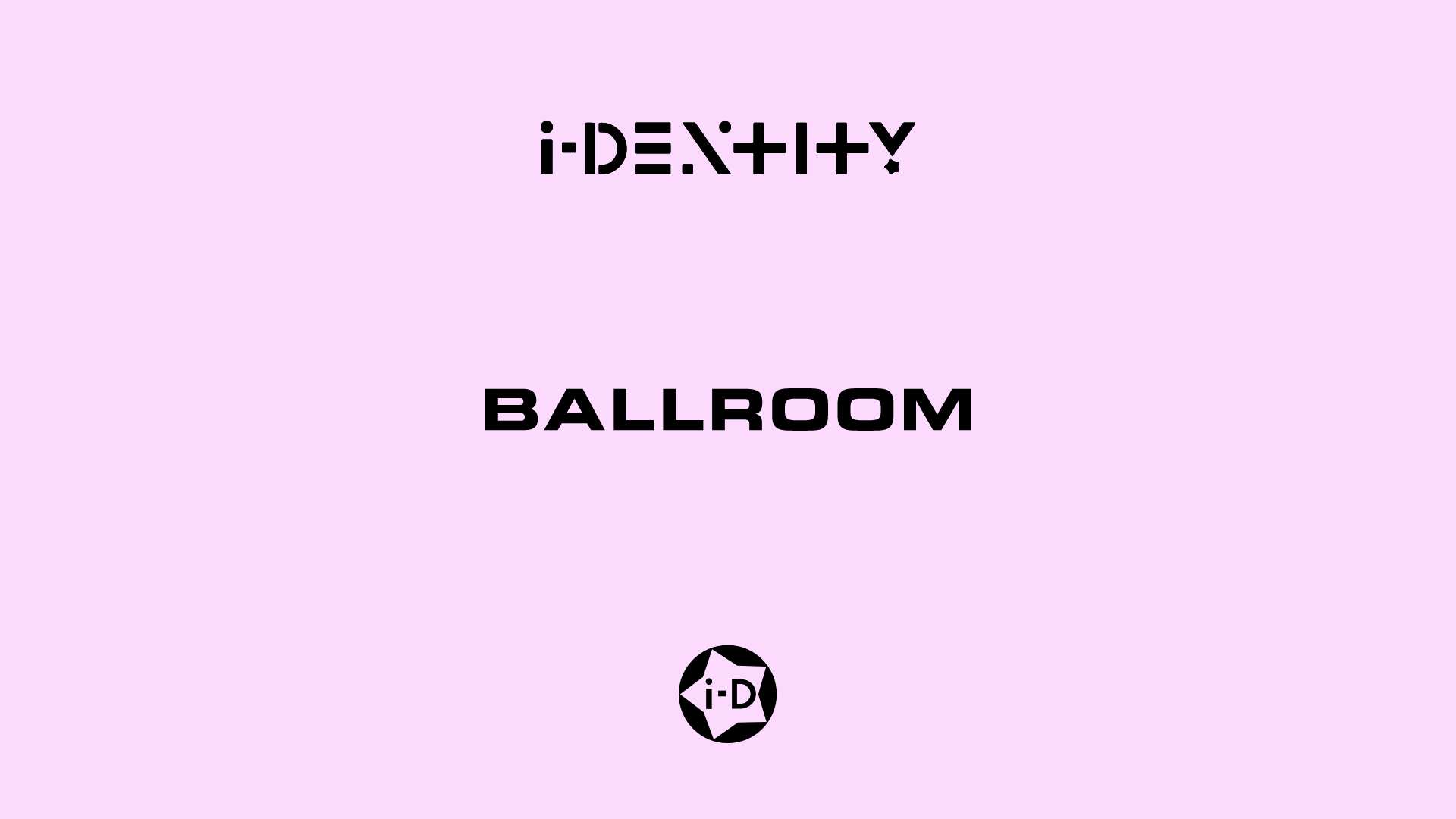This article is part of the i-Dentity podcast series. You can listen to the full episode on Spotify and Apple Podcasts.
If you’ve spent a minute on the internet of late, you are bound to have heard terms like ‘serve’, ‘reading’, or ‘throwing shade’, whether from the lips of the queens on RuPaul’s Drag Race or from sassy teens on TikTok. Terms like these have become part of contemporary English slang. But if you were to ask the lion’s share of people using the terms where they originally came from, we’d wager that most wouldn’t be able to tell you.
The answer is ballroom, arguably the defining QTPOC subculture of the past 50 years. Its roots extend back as far as the late 1960s when, in response to racism they experienced in the white-dominated drag pageant scene, Black trans queens Crystal and Asia LaBeija made the bold decision to found a by-us-for-us space. Since then, ballroom has served as a necessary forum for self-expression and self-actualisation for queer and trans people of colour. Initially incubated in community halls and nightclubs across Harlem and Downtown Manhattan, ballroom has gone on to inform contemporary culture across the globe – not just nightlife, but also music, fashion, television and language itself.
But how? One of the best-known examples is, of course, voguing – the athletic, balletic dance form that emerged in the ballroom scene in the early 1970s. As the story goes, legendary queen Paris Dupree pulled out a copy of the iconic magazine that gave the dance its name, flicking from page to page and mimicking the models’ dramatic poses on the beat. The movement she started has gone on to become an instantly recognisable cipher for ballroom and the ethos at its core – in large (nah, huge) part thanks to signal-boosting from the likes of Jennie Livingston, director of the 1990 documentary Paris is Burning. In the same year, Madonna released her single, “Vogue”, the music video for which propelled voguing and some of its pioneers to mainstream glory. The rise of TV programmes like RuPaul’s Drag Race and Pose, and creative homage from musical artists including Beyoncé and FKA twigs, has continued this upward trajectory.
Behind this well-told story of how ballroom broke the mainstream is the lesser-known tale of how ballroom has shaped, and continues to shape, the cultural underground, both in New York and worldwide. Parties like GHE20G0TH1K – the freewheeling New York party founded in 2009 by HBA founder Shayne Oliver and music producer and DJ Venus X – marked something of a watershed moment, bringing an evolved ballroom sound and its original ethos to an eclectic audience within and far outside of the ballroom sphere. Drawing on a panoply of musical genres and their associated subcultures, the result was a chopped-and-screwed club sound which had vogue beats at its core. Kelela, Arca, Total Freedom and LSDXOXO, and a proliferation of parties in cities around the world that saw GHE20G0TH1K as a template, now spread this metamorphosed spirit of ballroom worldwide.
For all the influence that ballroom has exerted on culture, original members of the scene have seldom been able to cash in on their own creation. Conversations around appropriation and the distribution of wealth have reached a flashpoint, with members of the scene calling for both fairer treatment and a deeper understanding and appreciation of ballroom’s history.
In this week’s episode of i-Dentity, we join i-D’s senior fashion features editor Mahoro Seward once again. They speak with Alex Mugler, a legendary voguer and choreographer, on the infrastructure of the ballroom community; Venus X delves into the story behind, GHE20G0TH1K, the club night she co-founded, while also unpacking the the exploitative nature of ballroom’s relationship with the cultural mainstream; MikeQ, one of the eminent producers of vogue beats and globally esteemed DJ, explores the development of ballroom music and his experiences at the early GHE20G0TH1K’s parties; and Ricky Tucker, a New York-based writer, academic and ballroom superfan gives us the backstory on ballroom’s history and enduring capacity for liberation.
